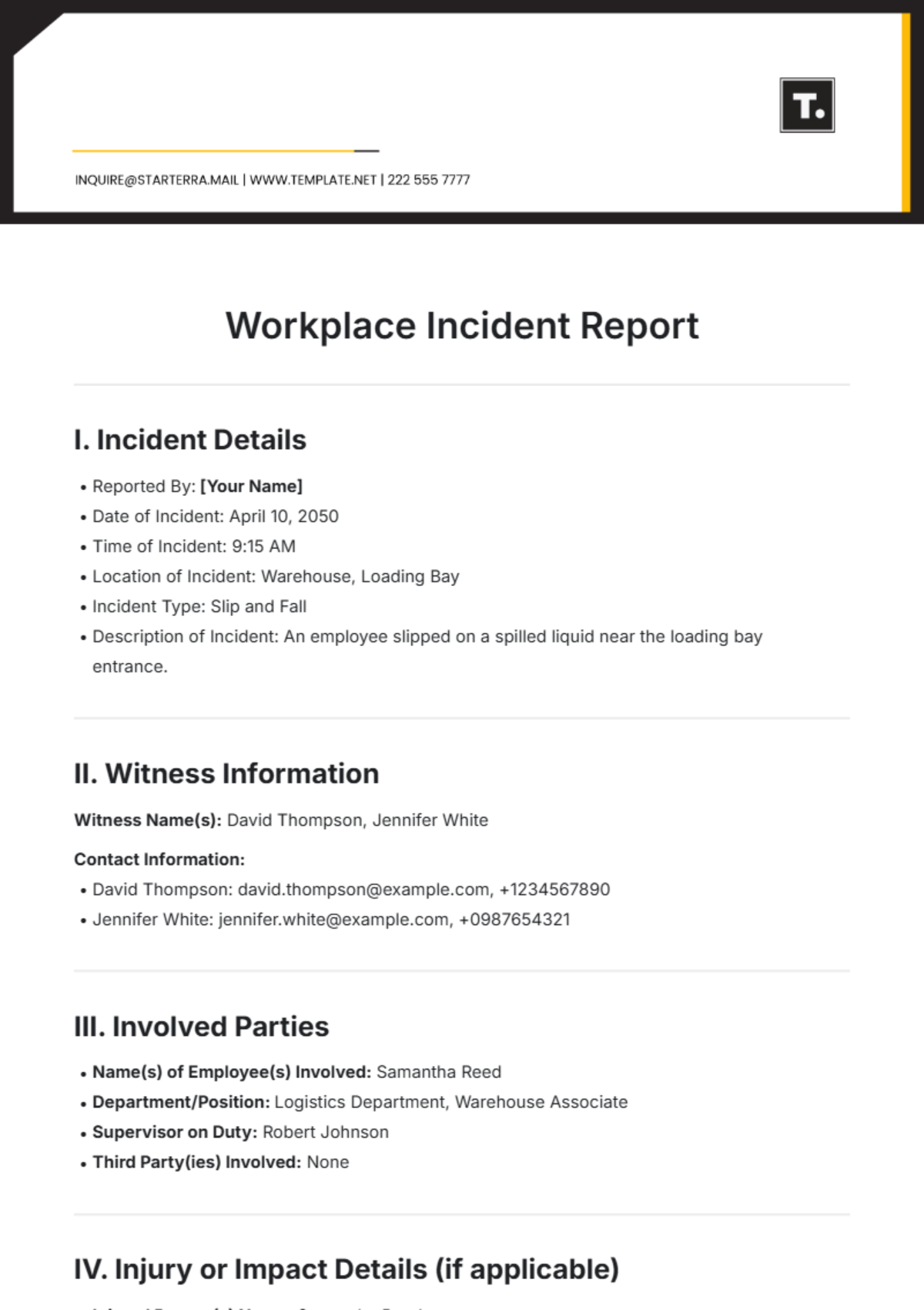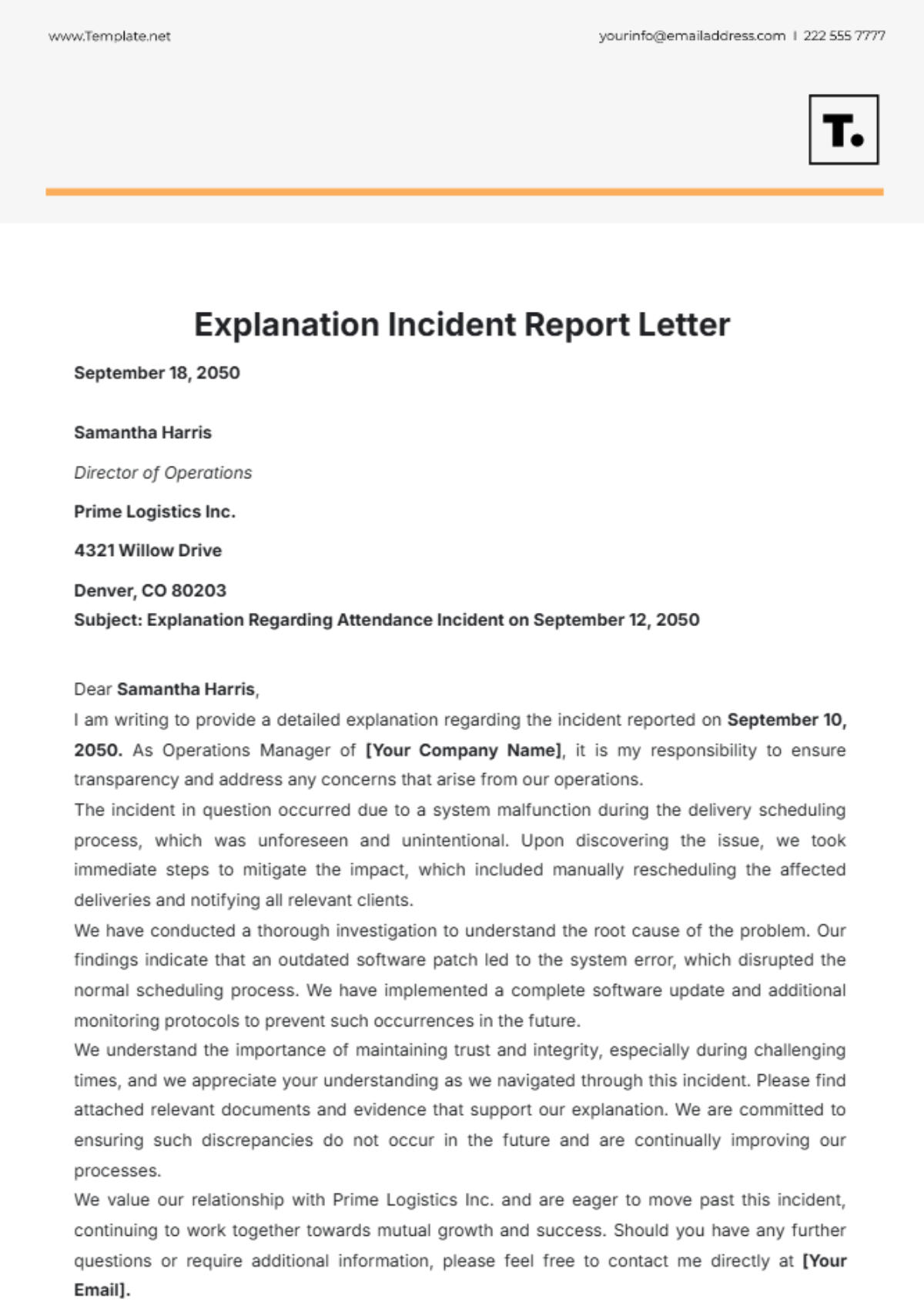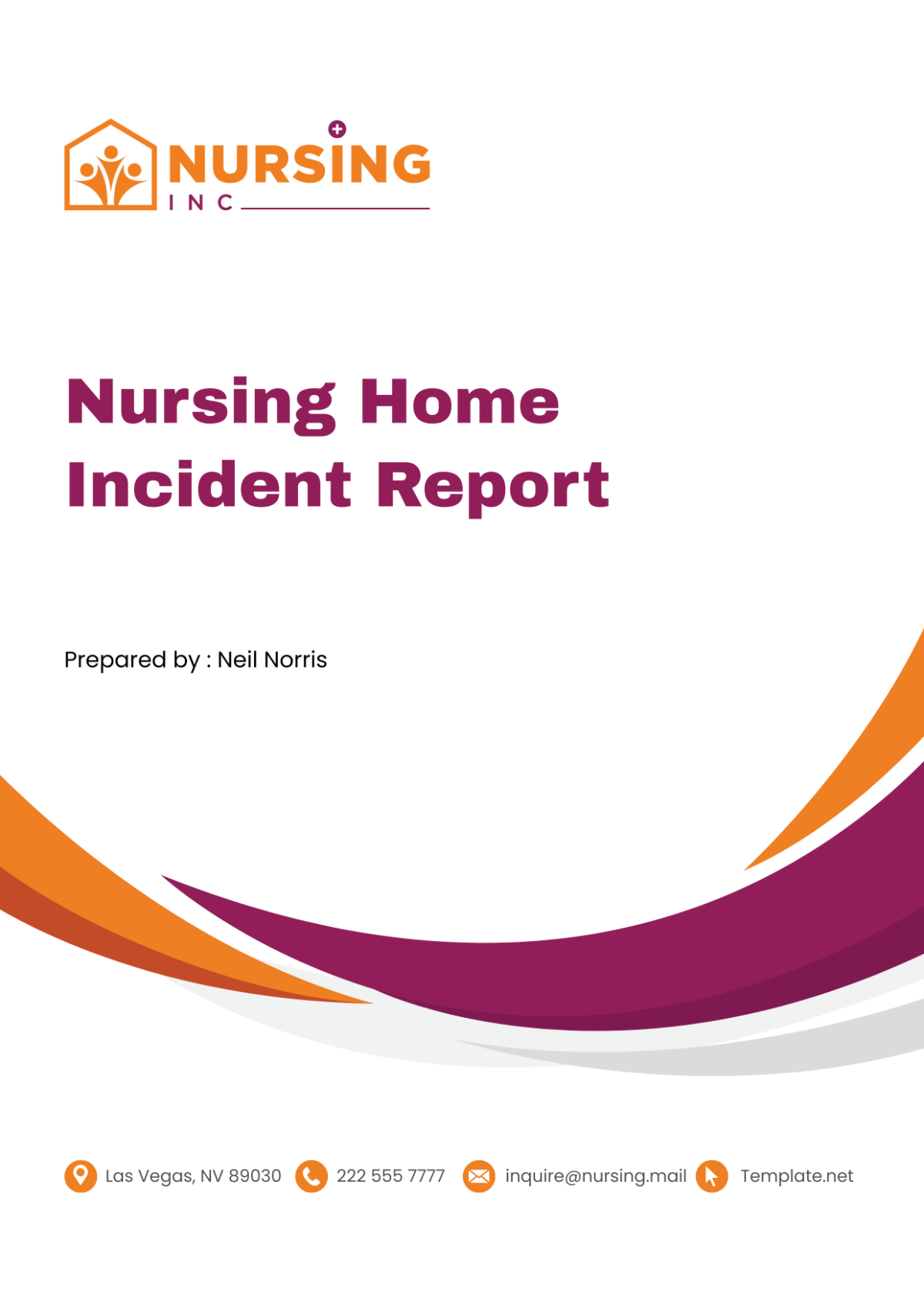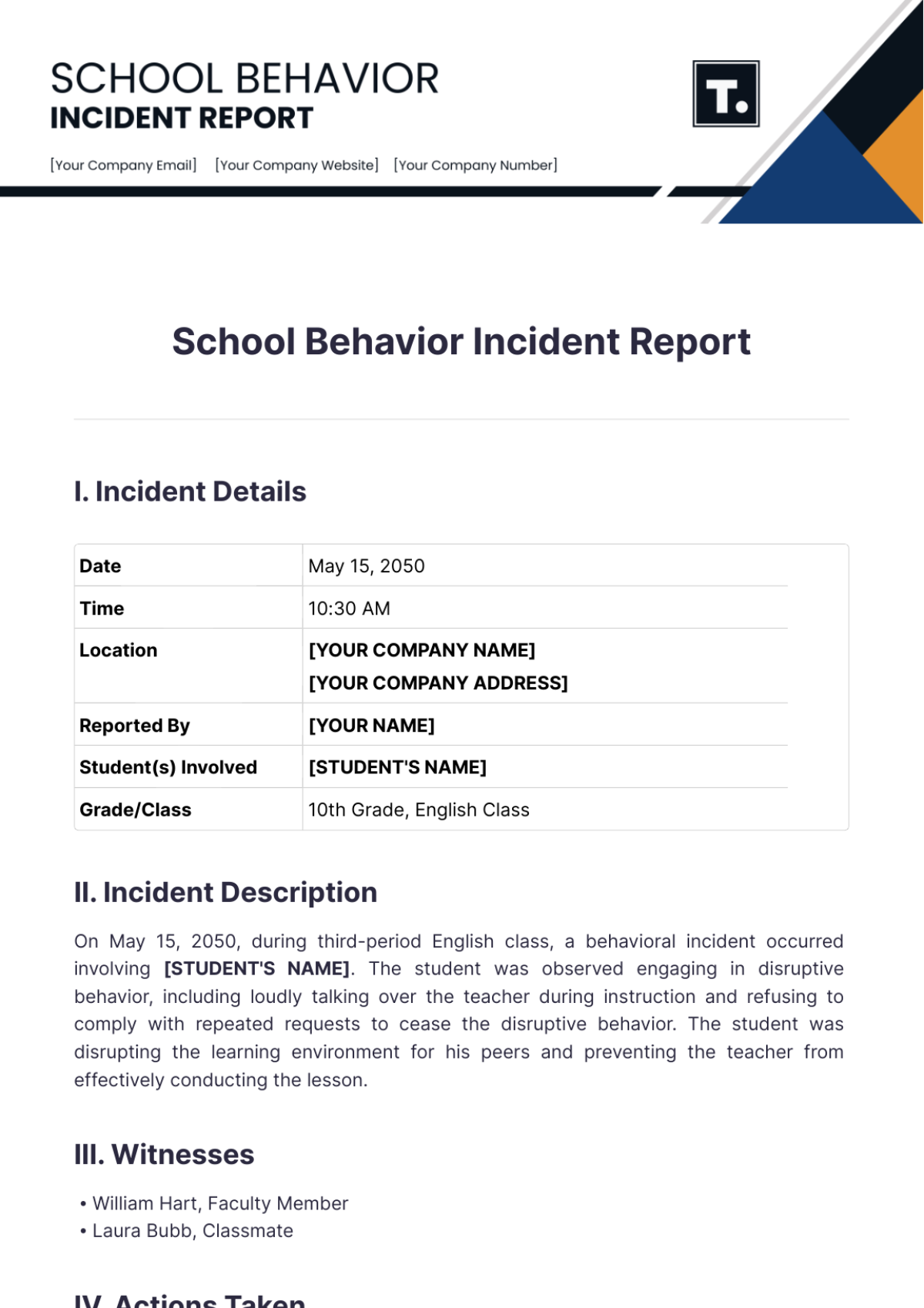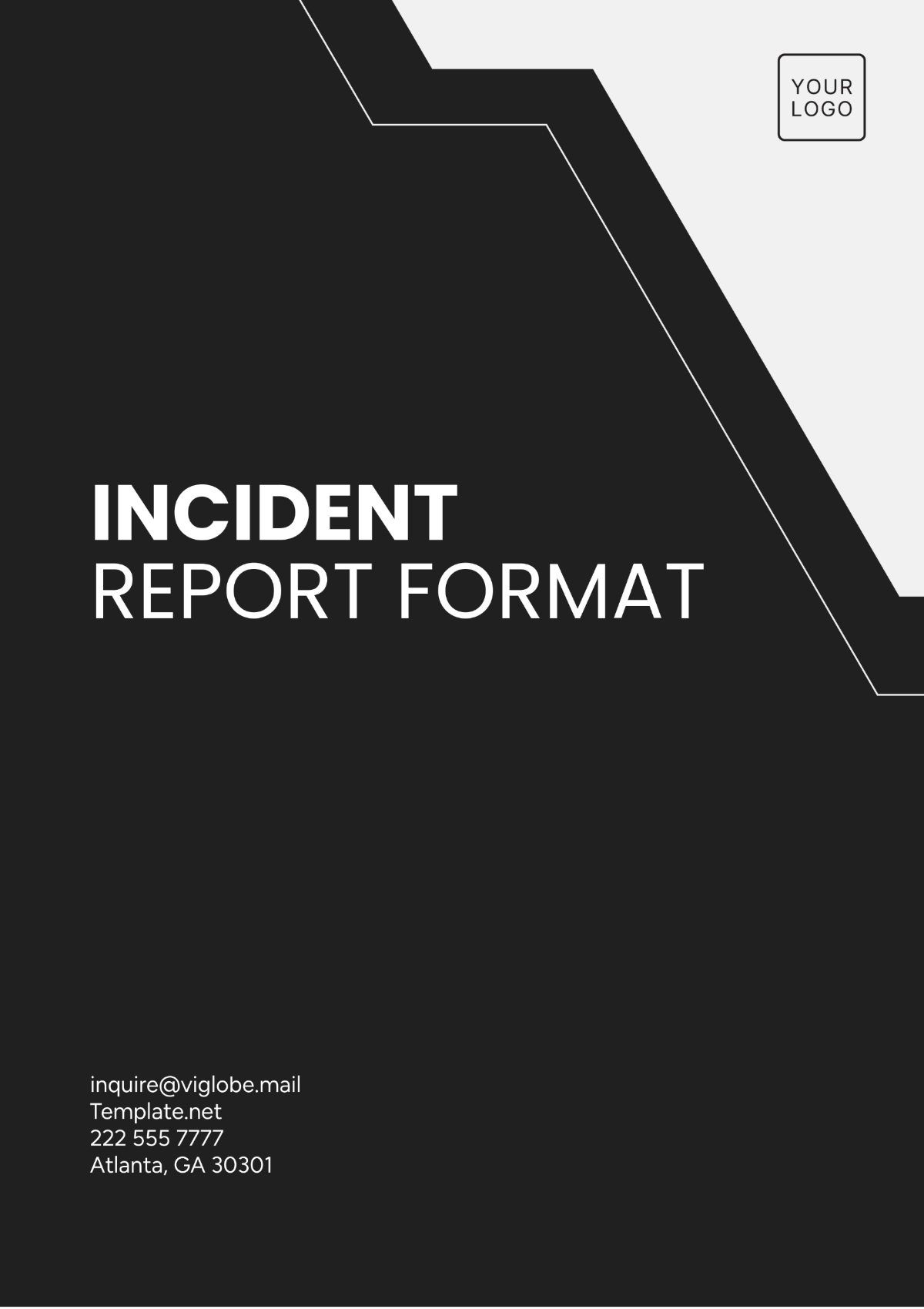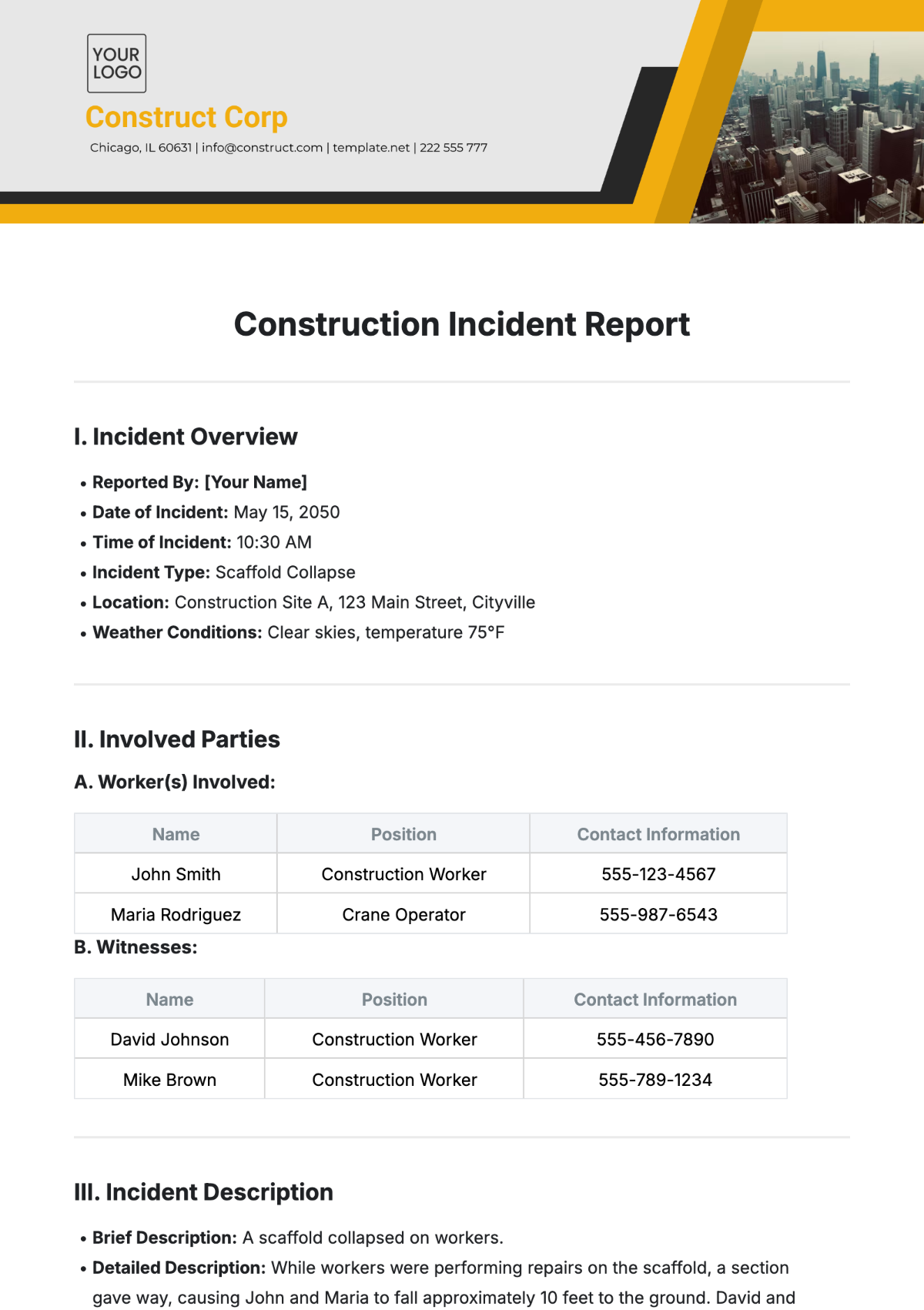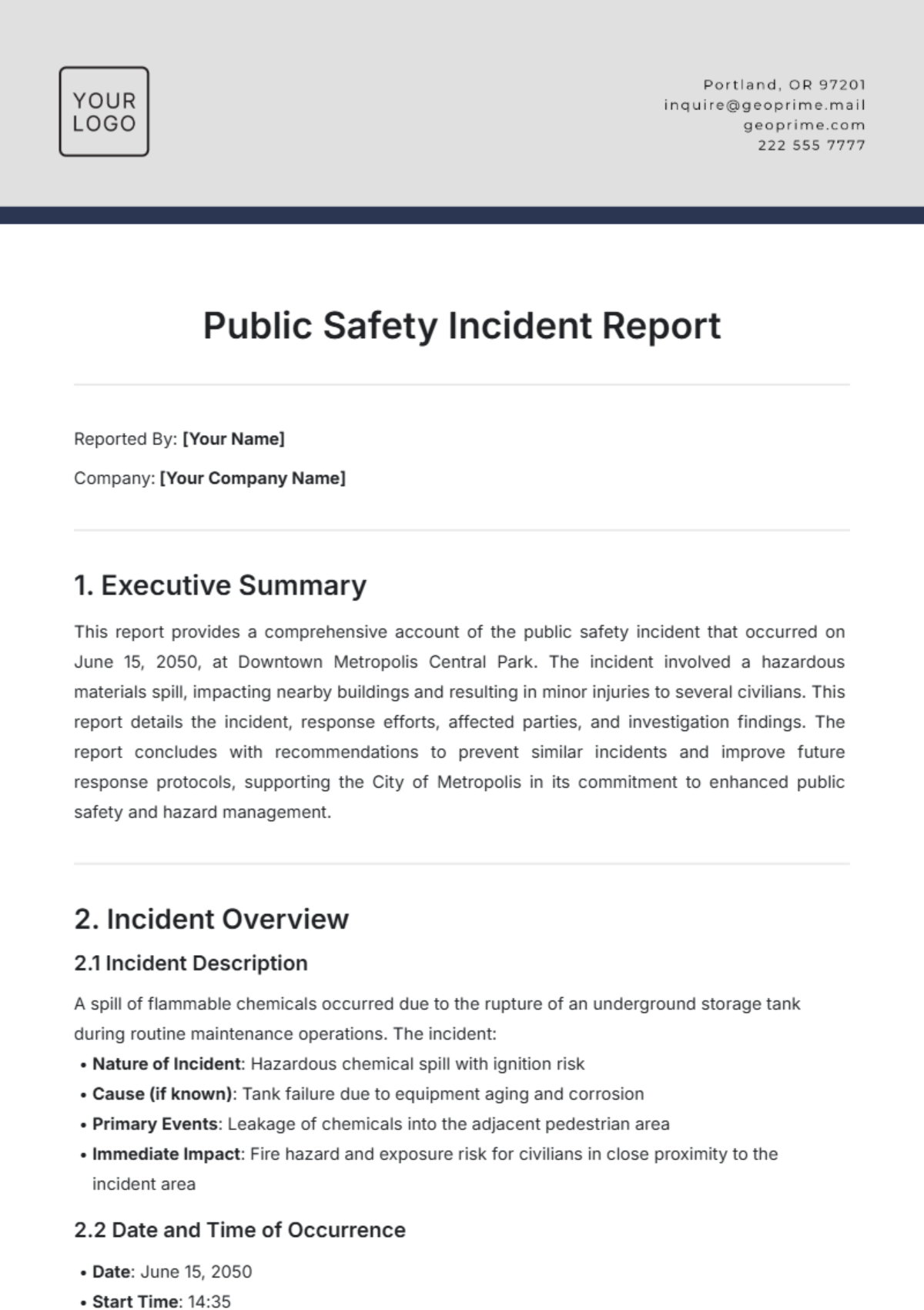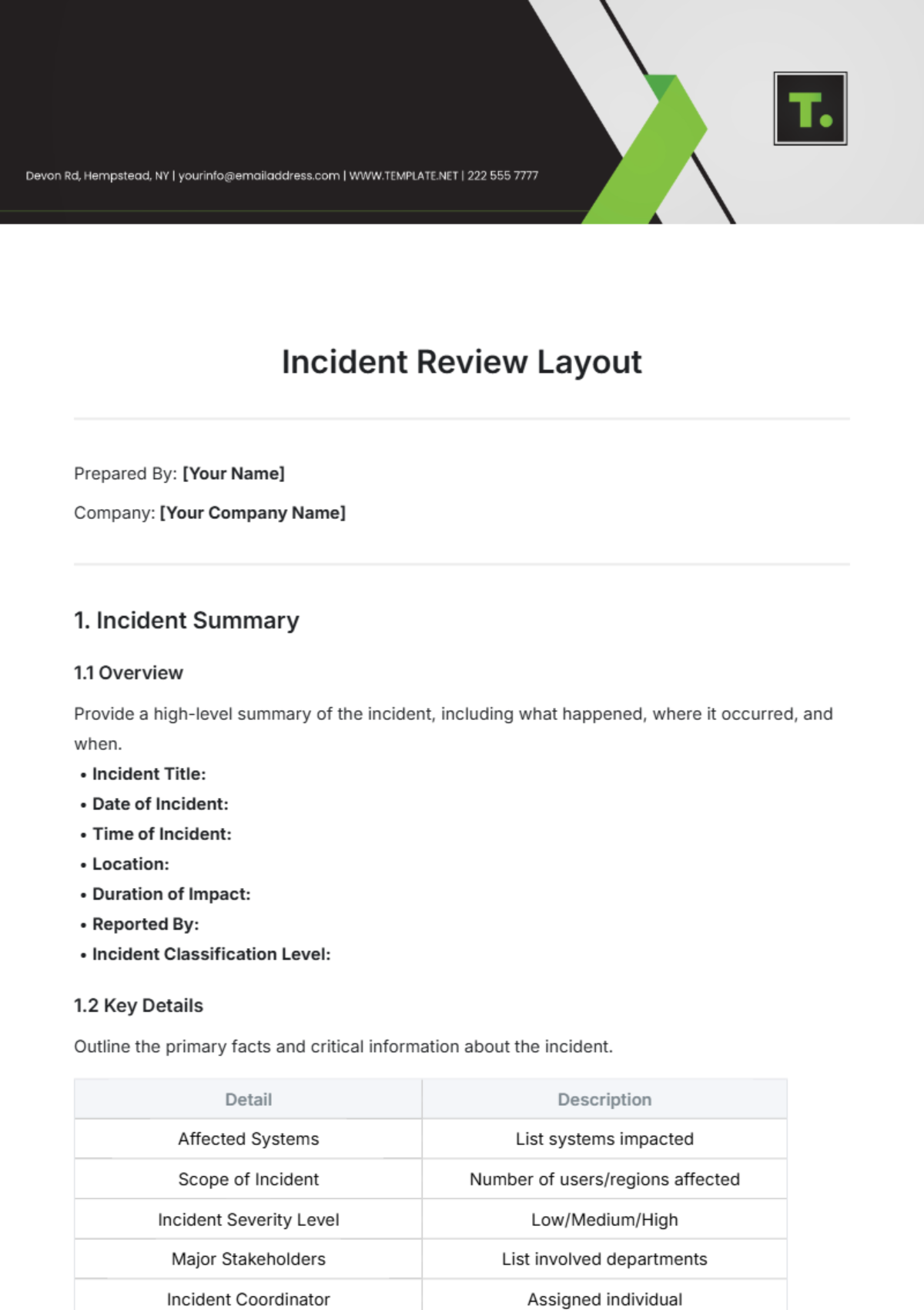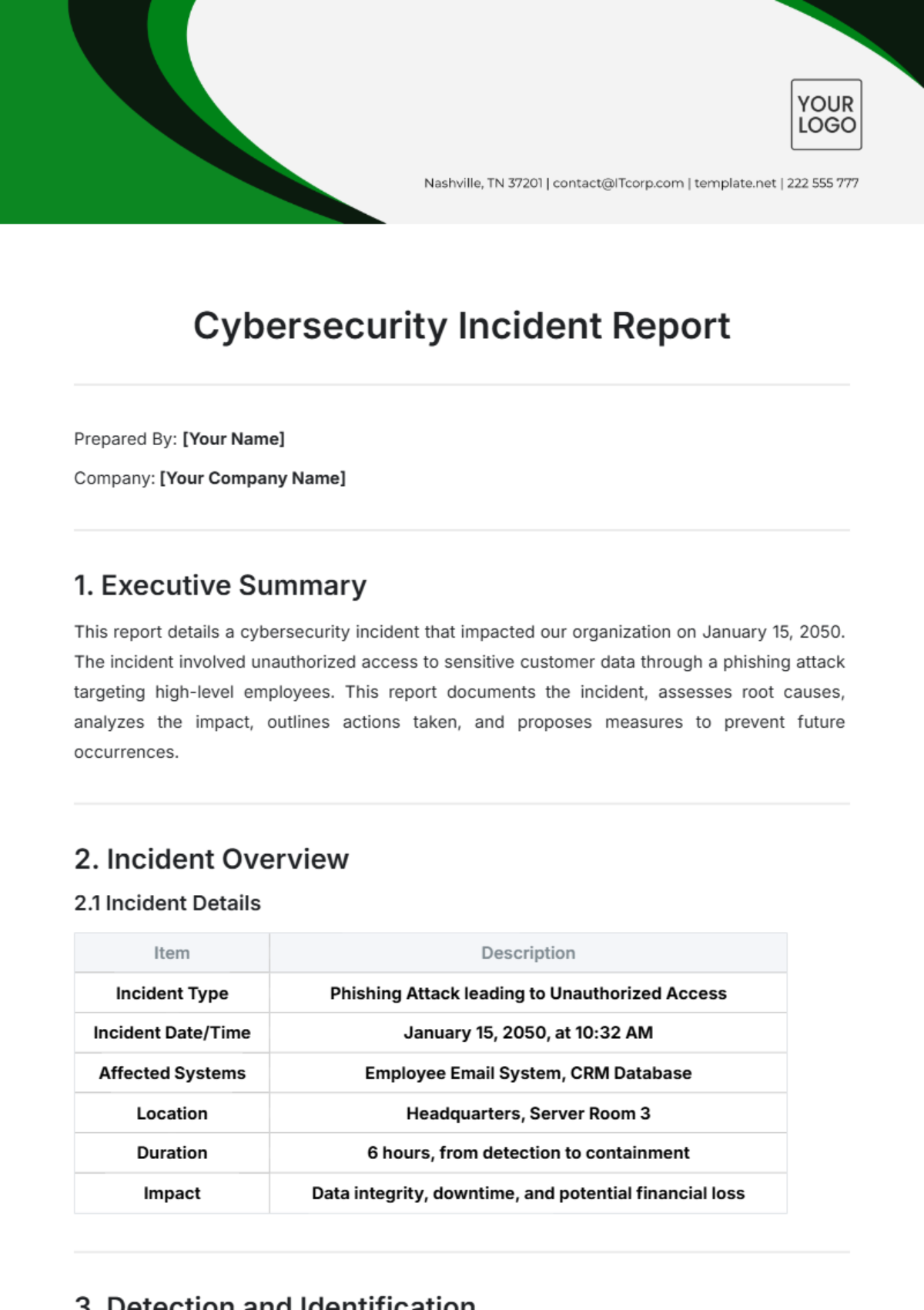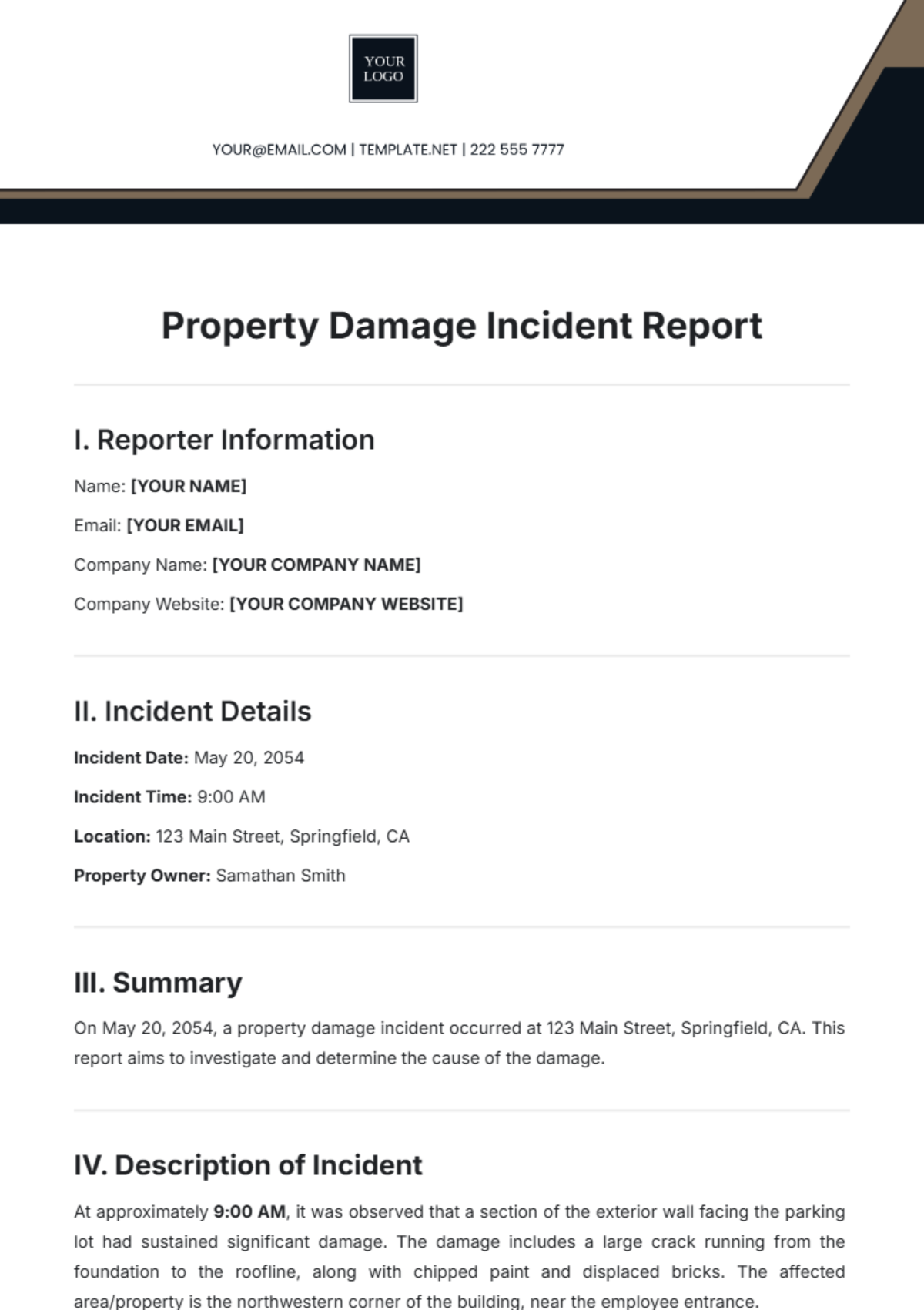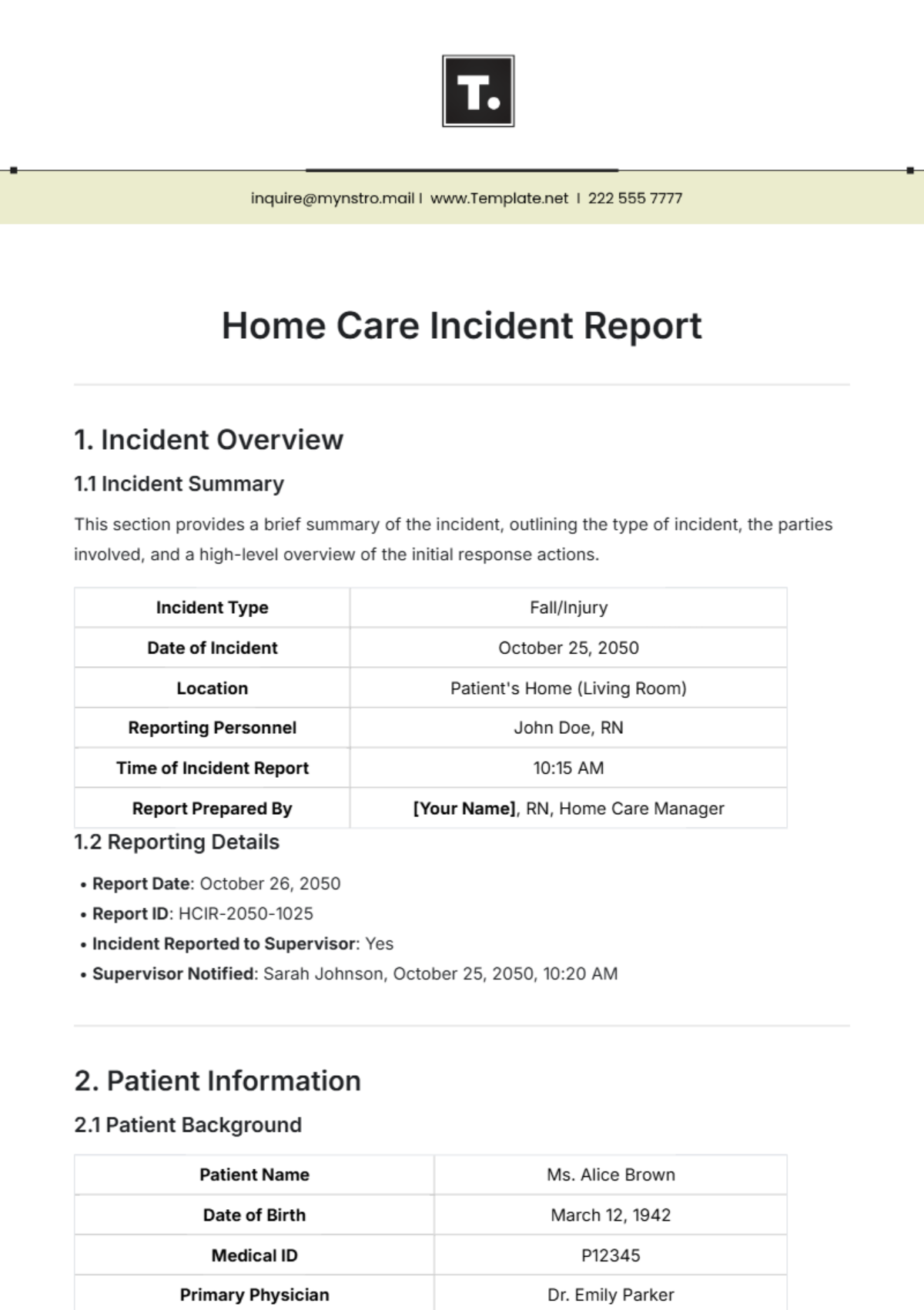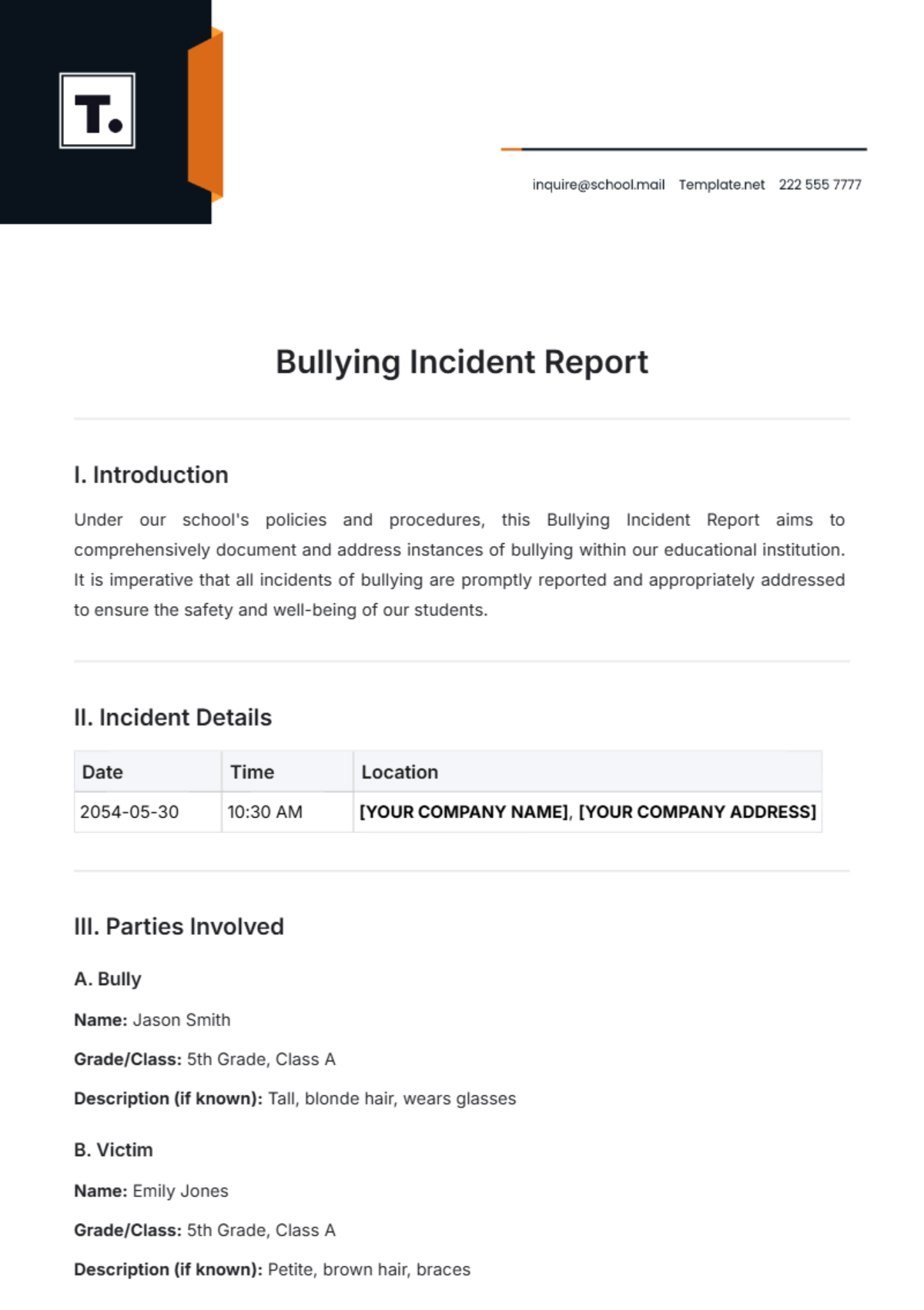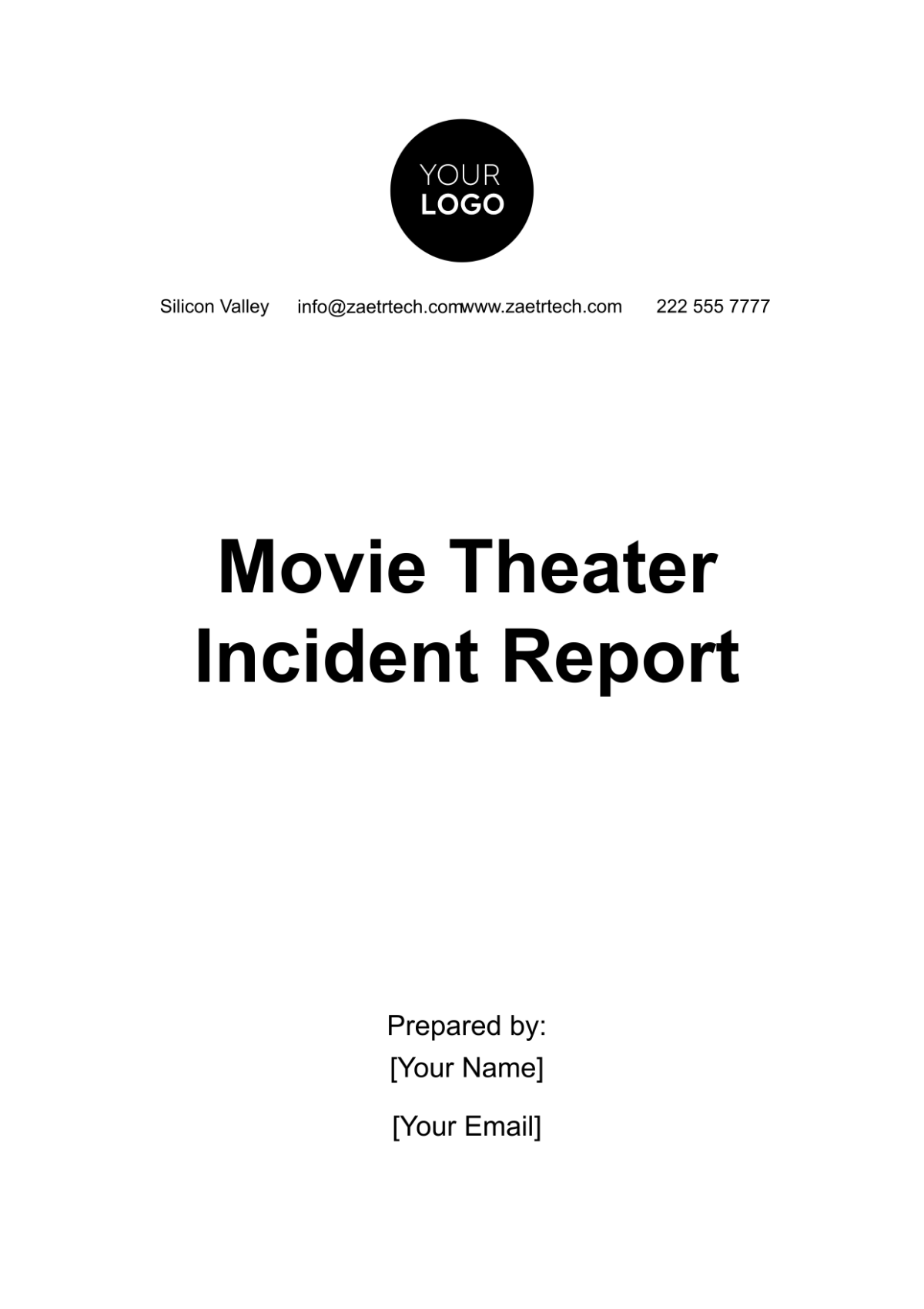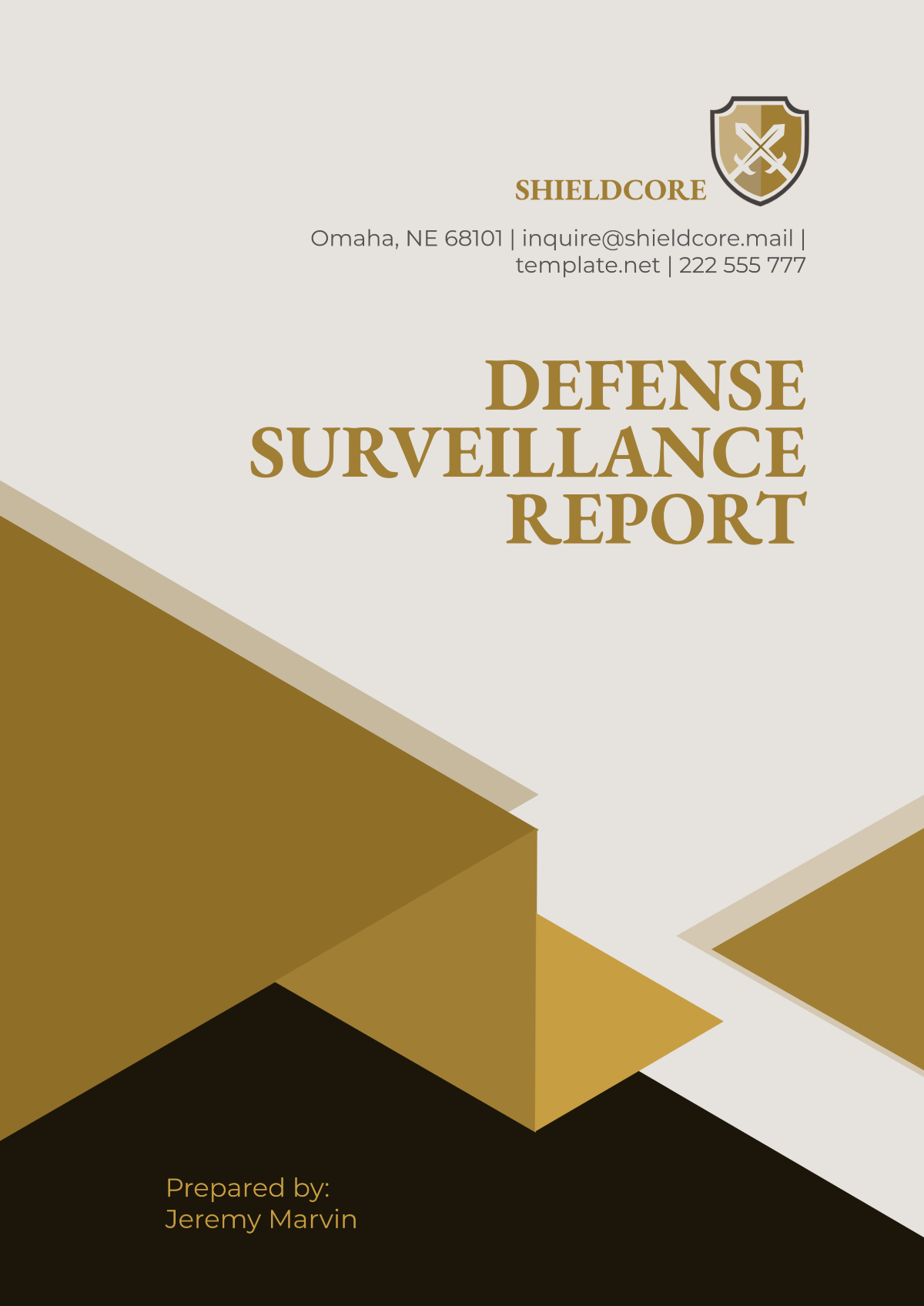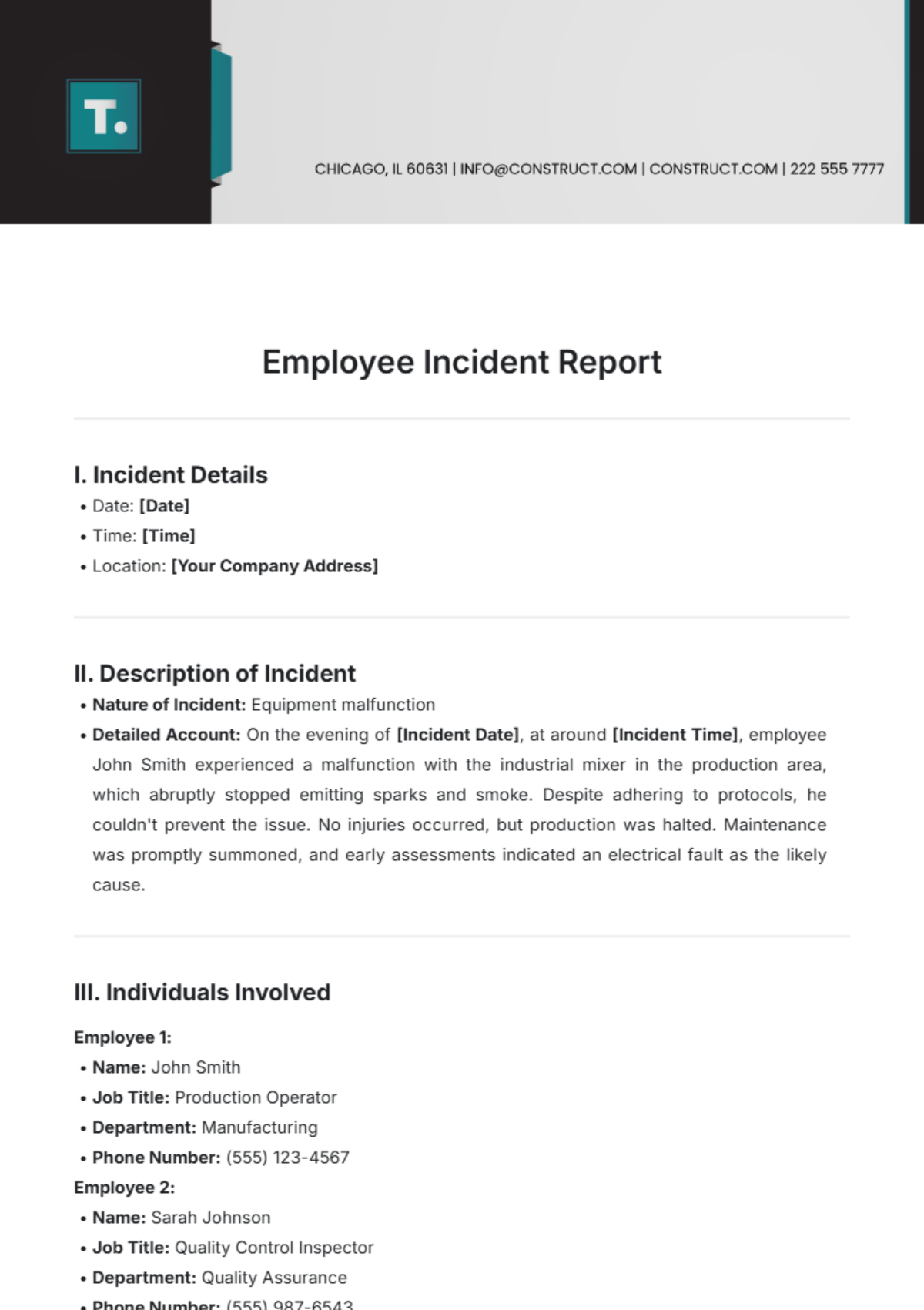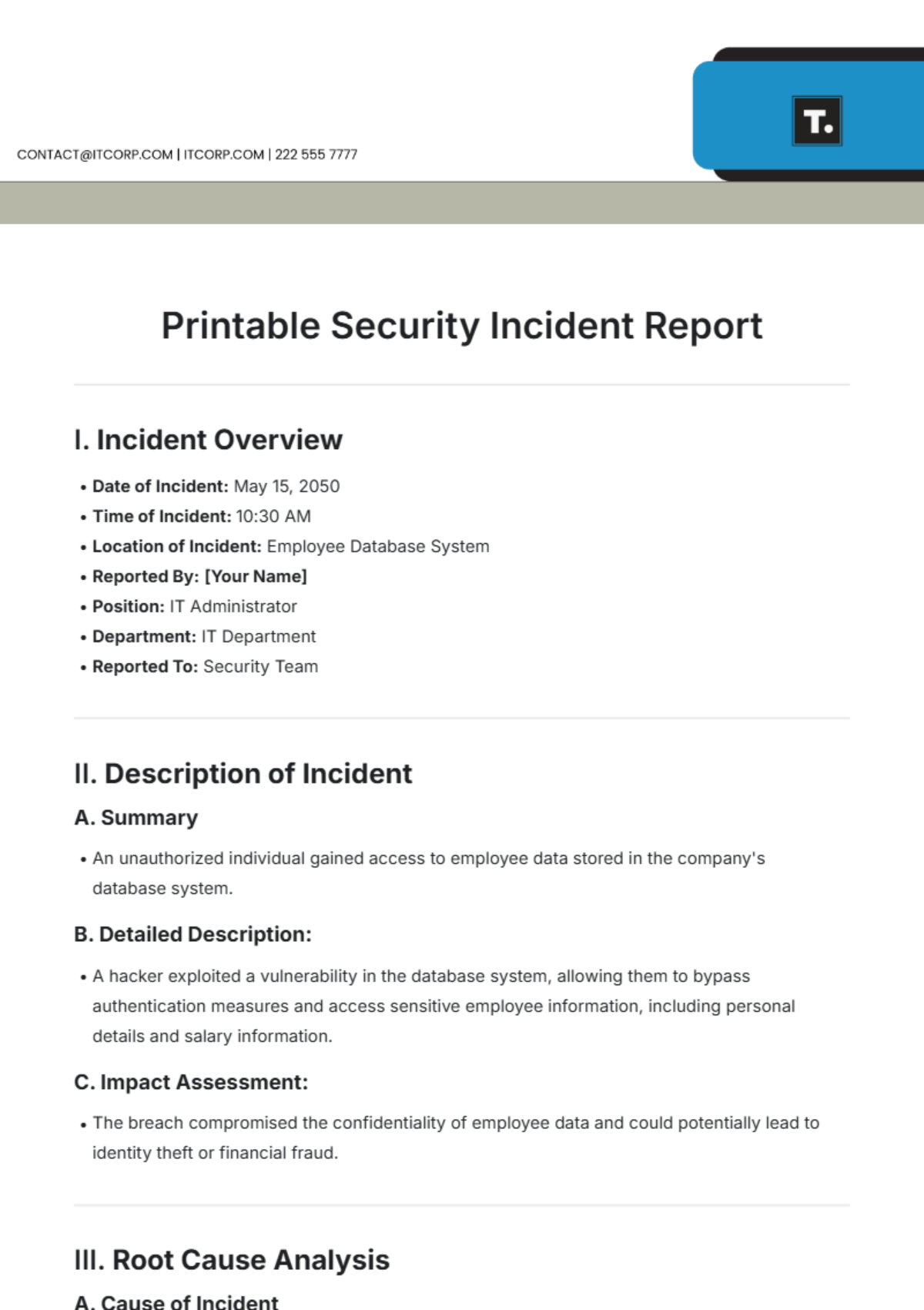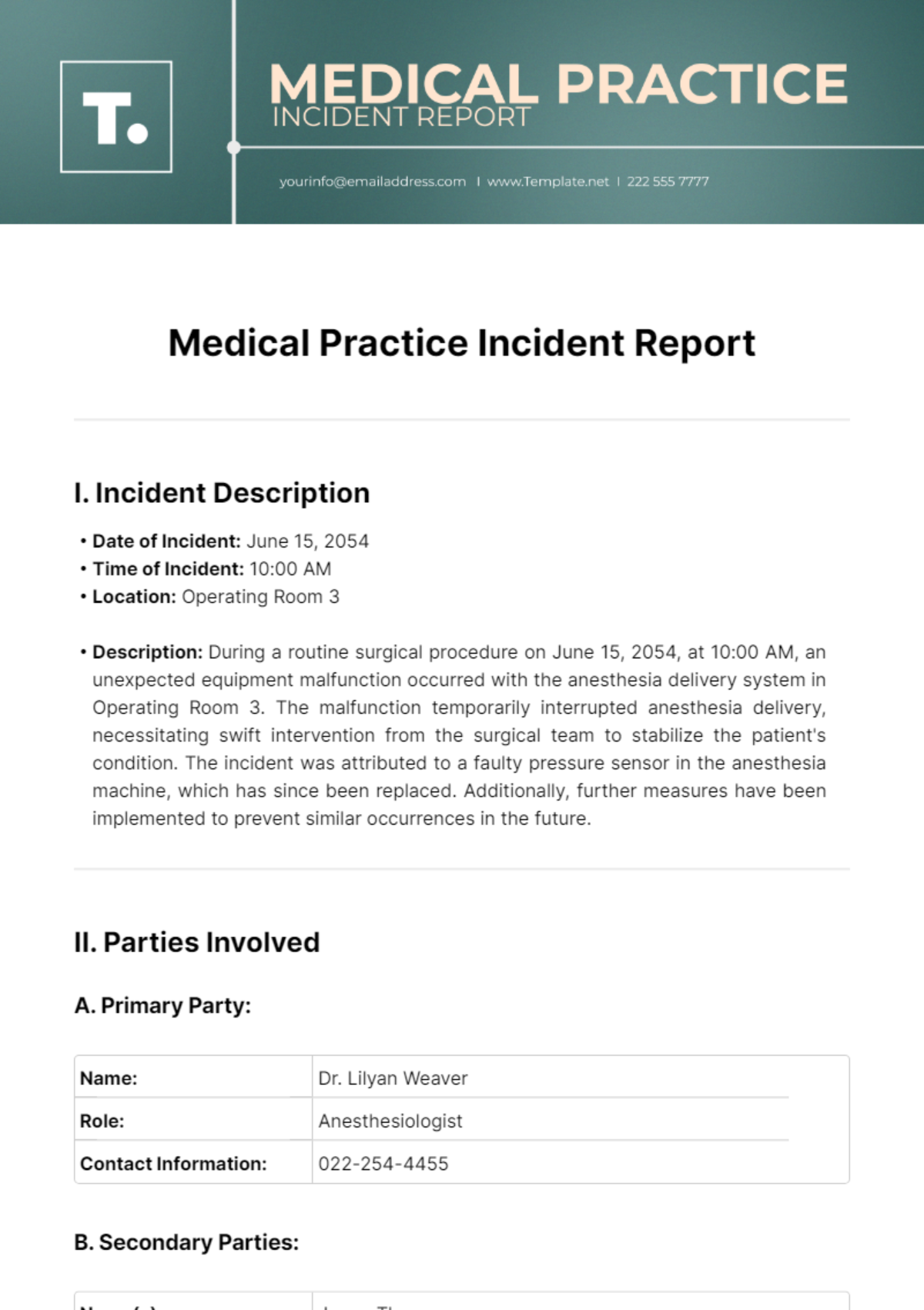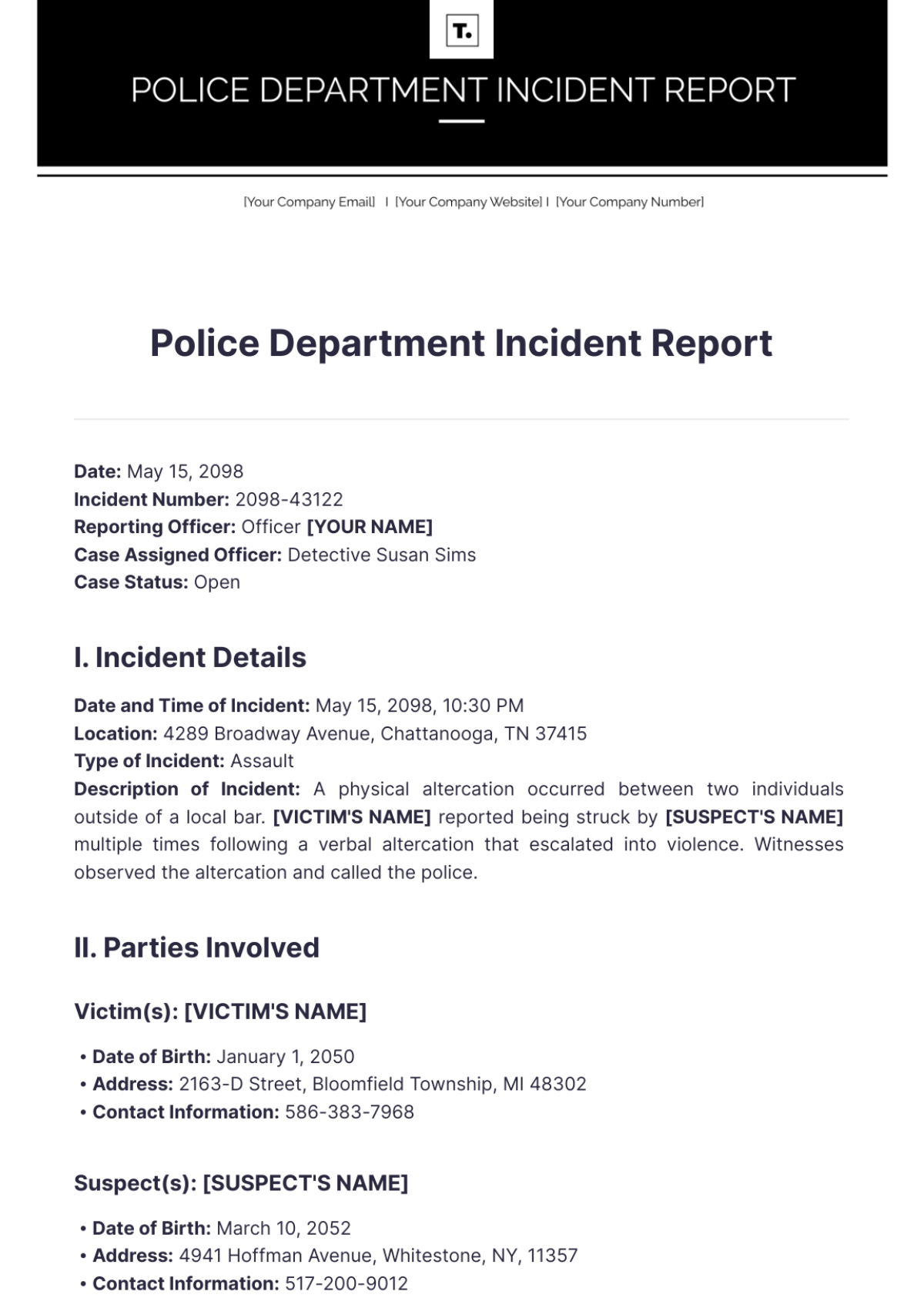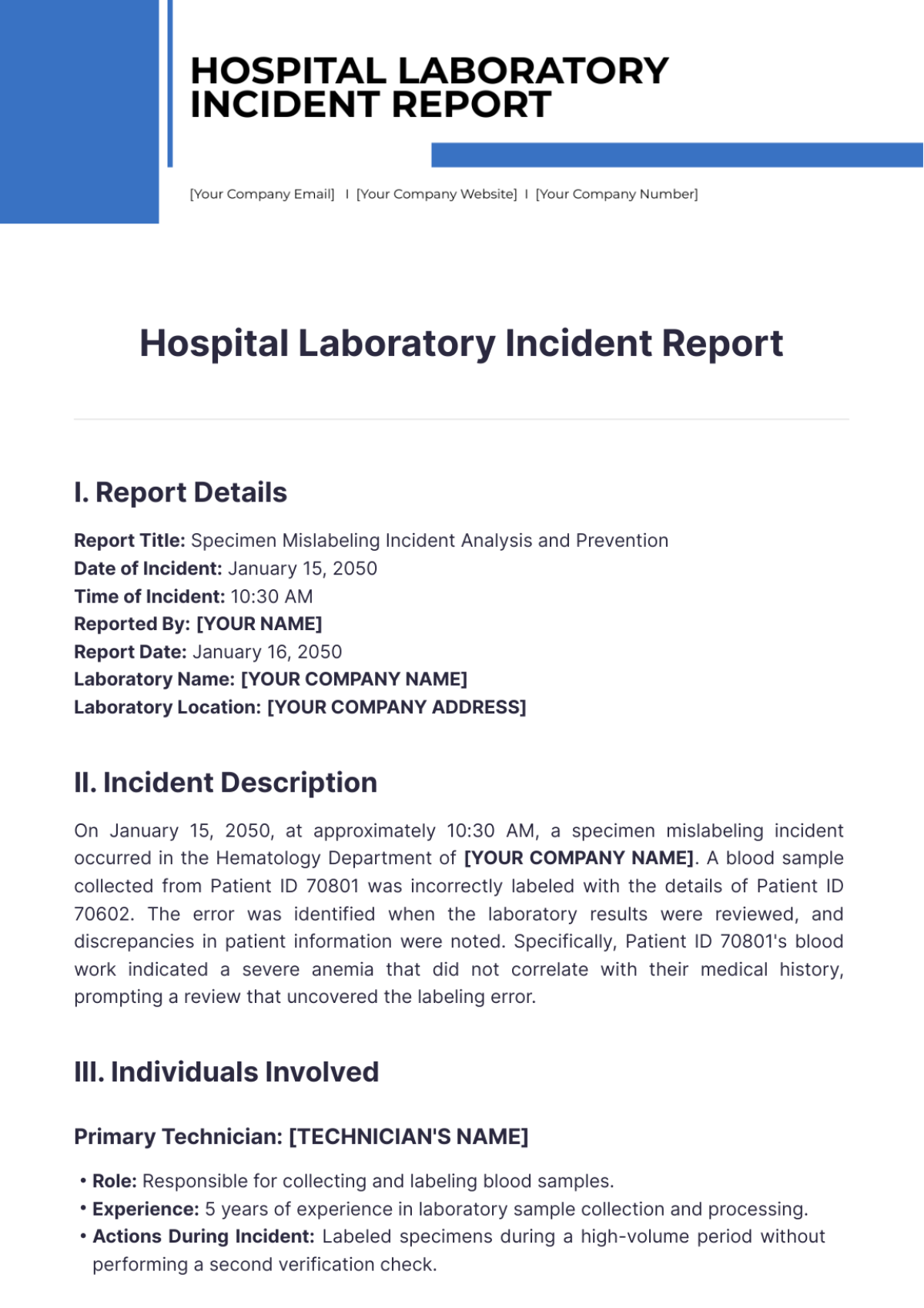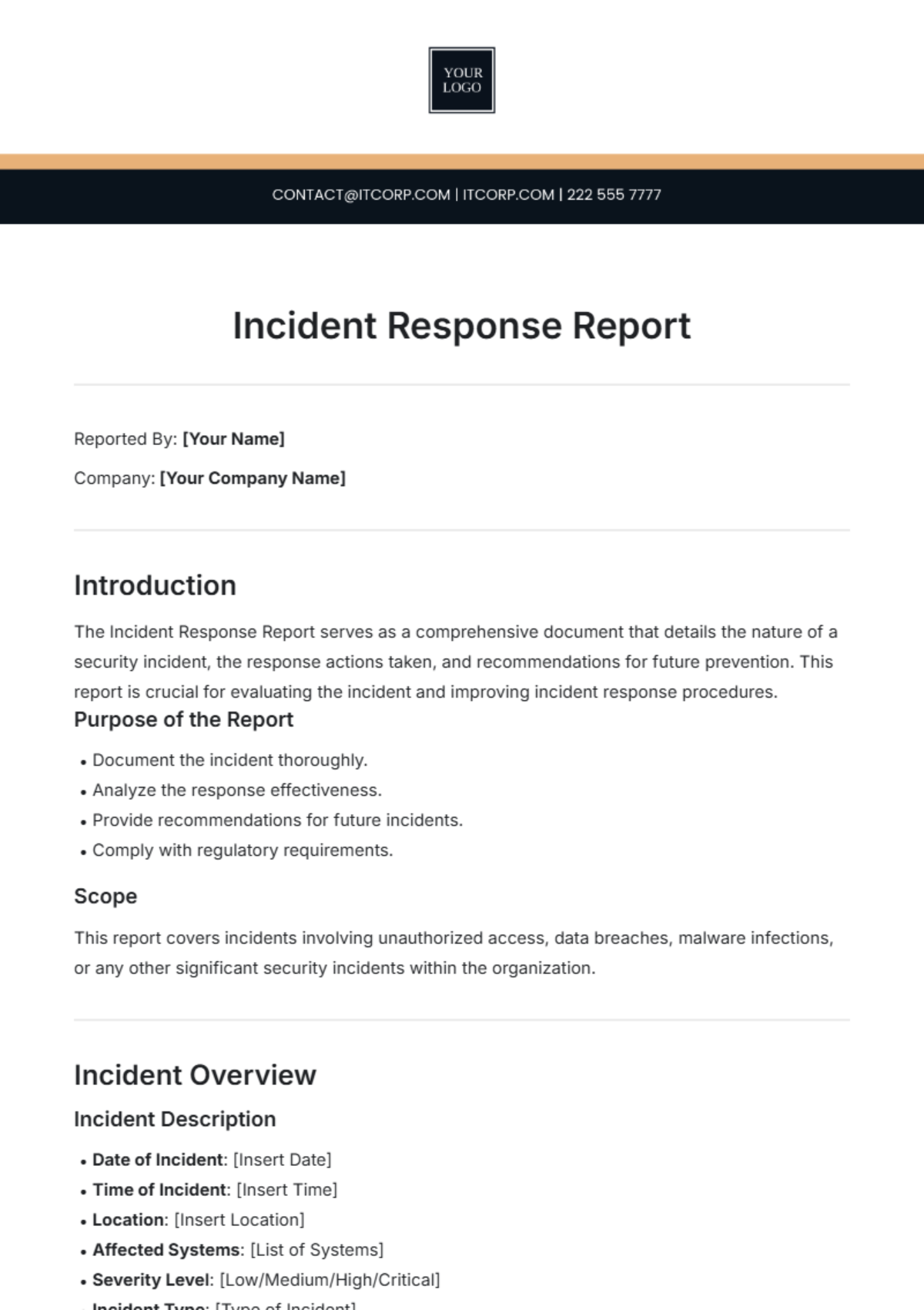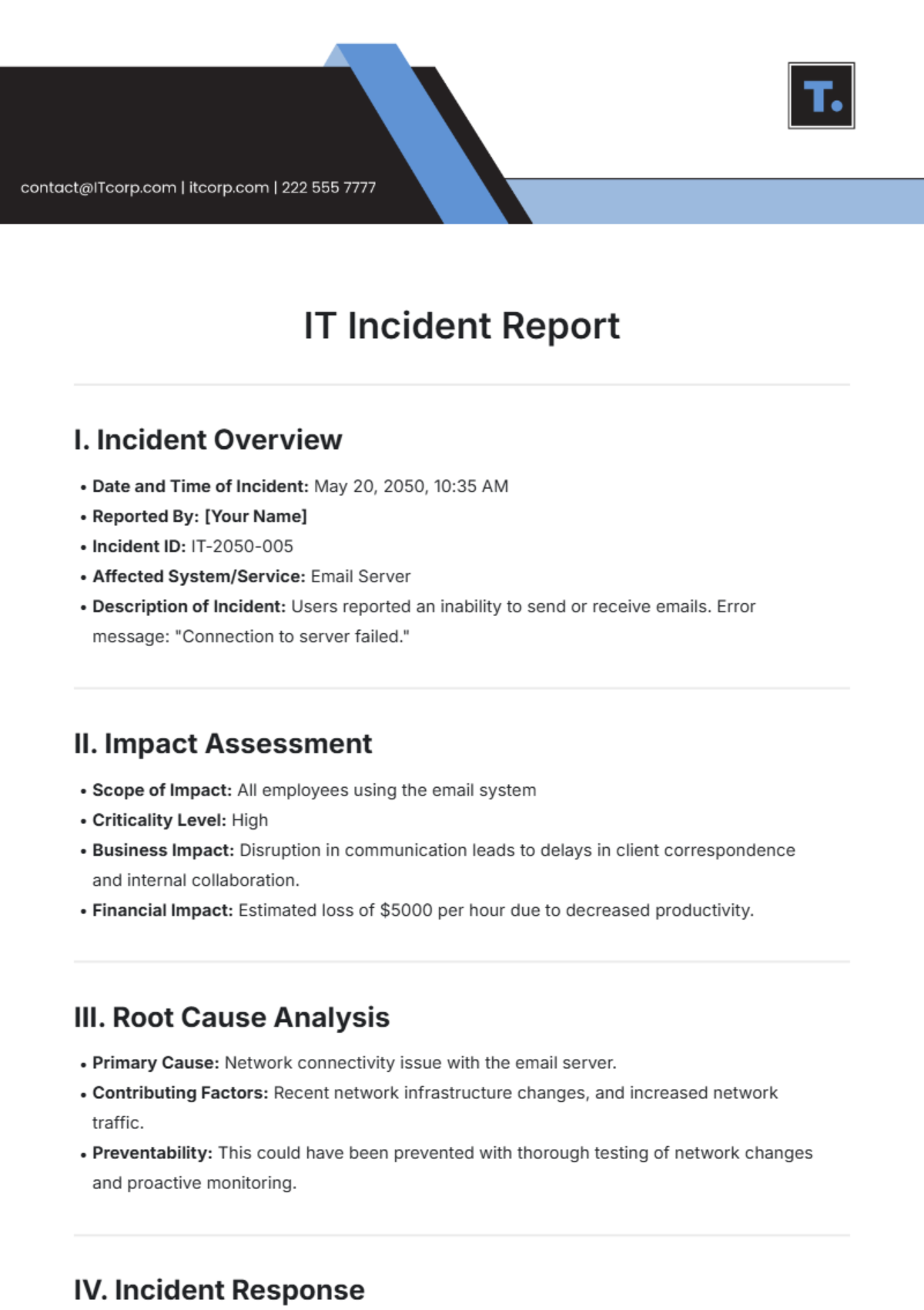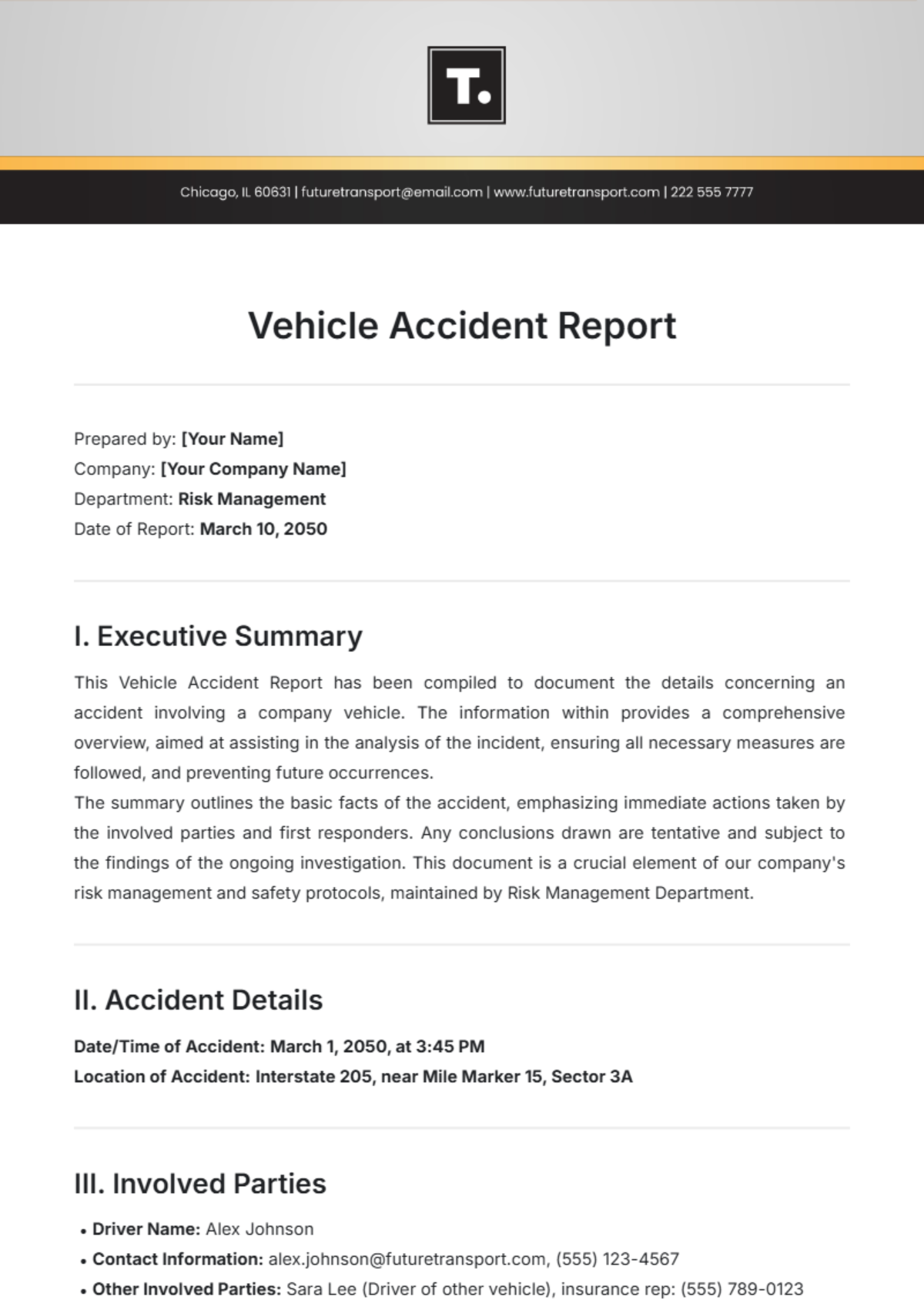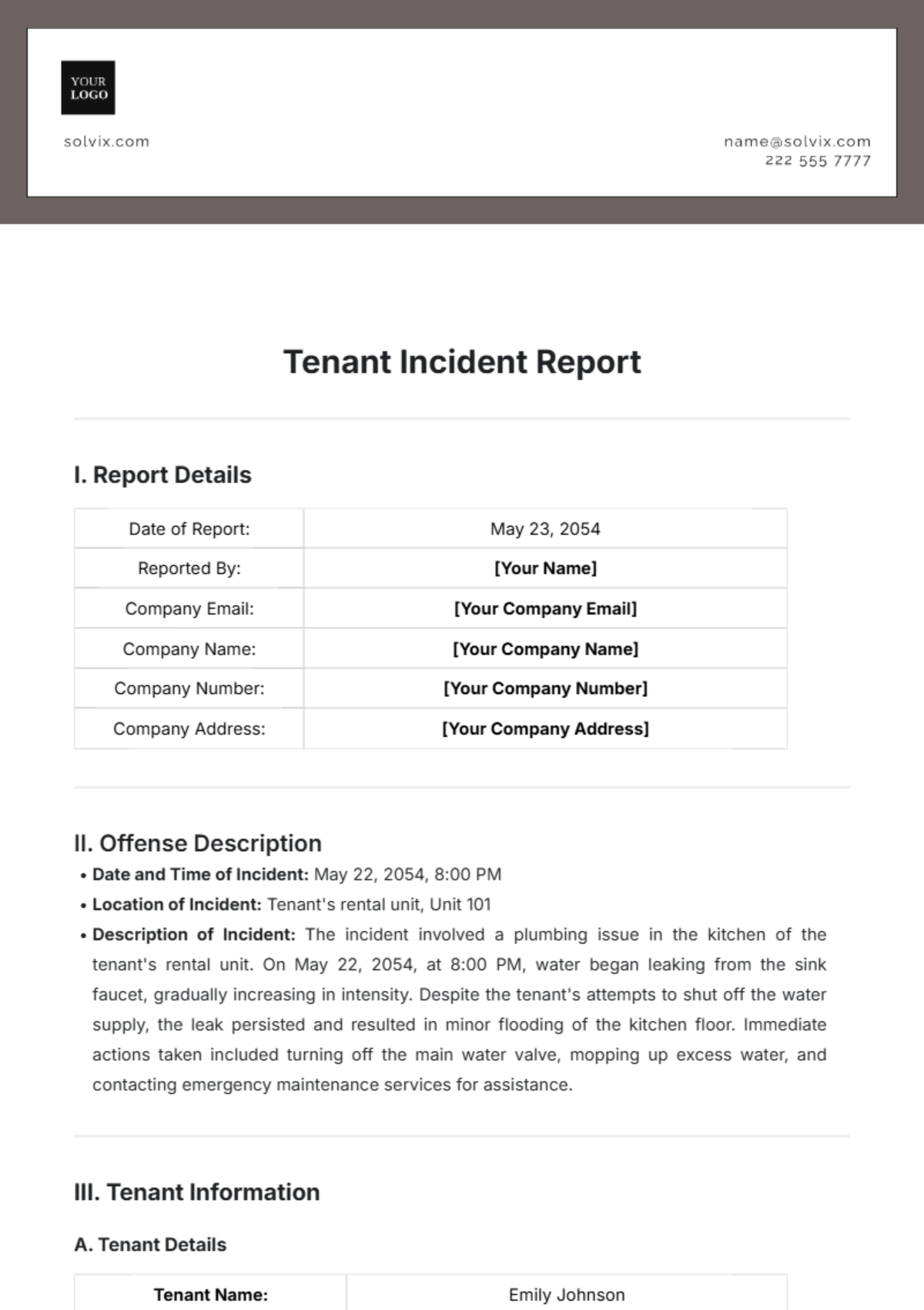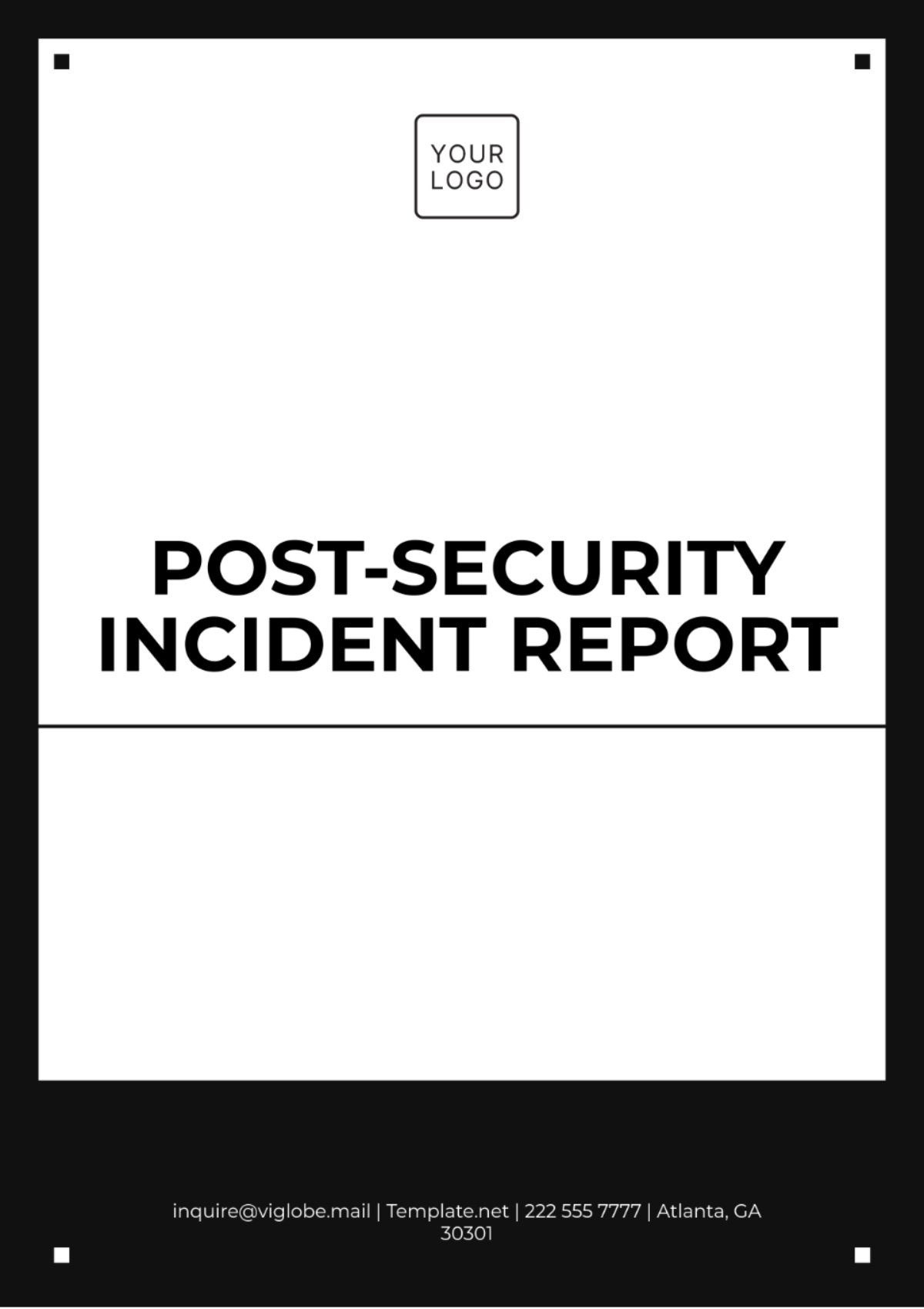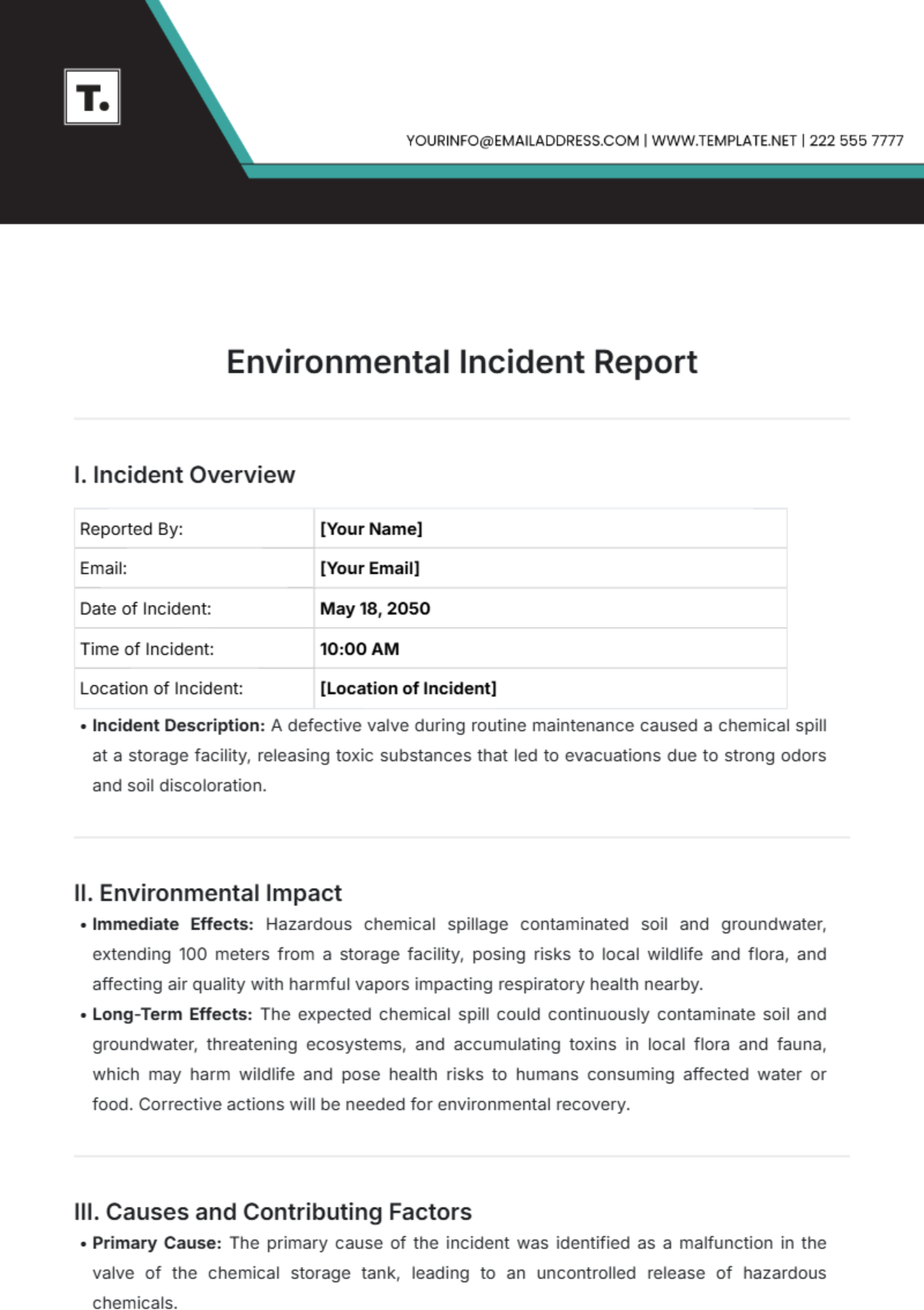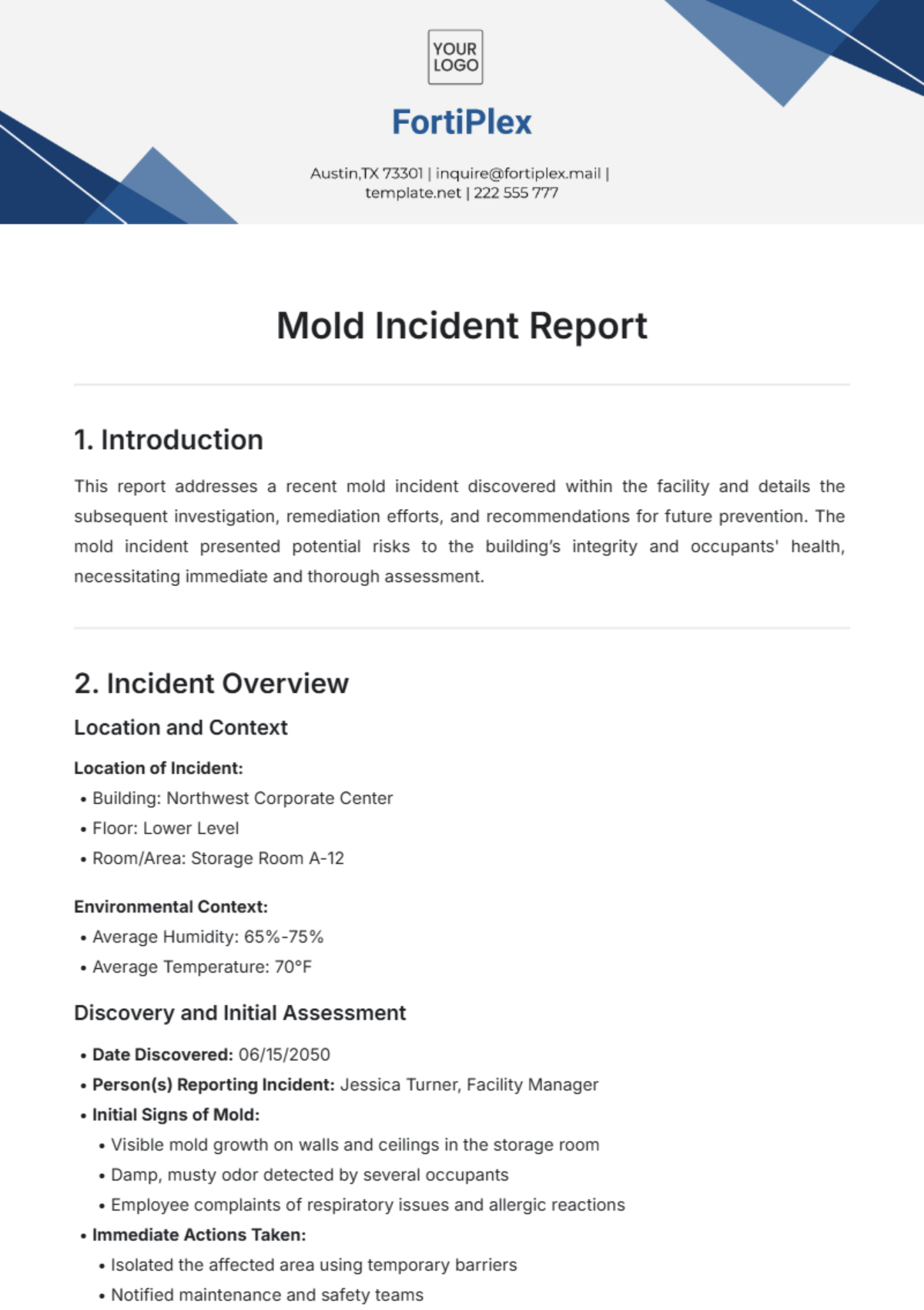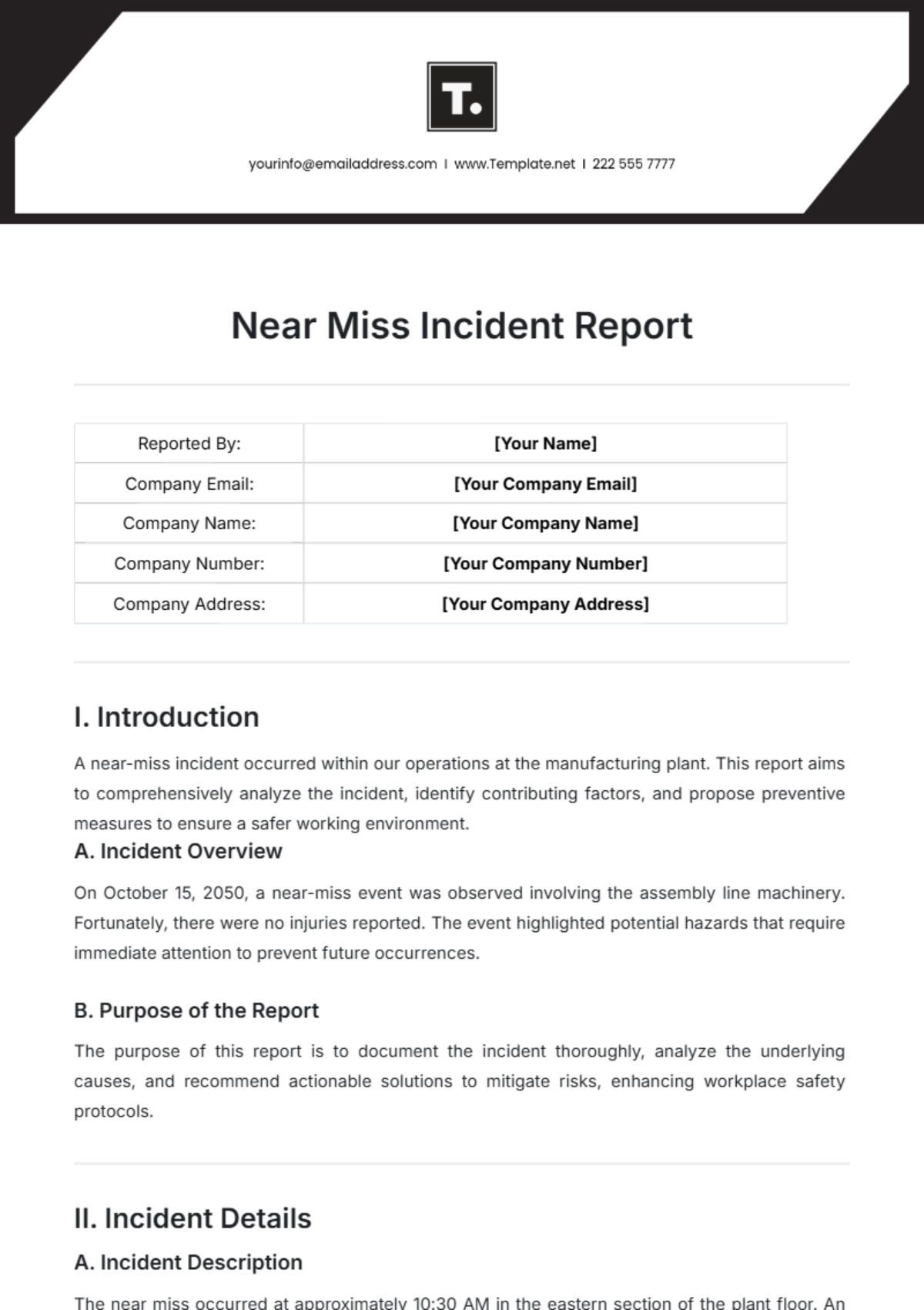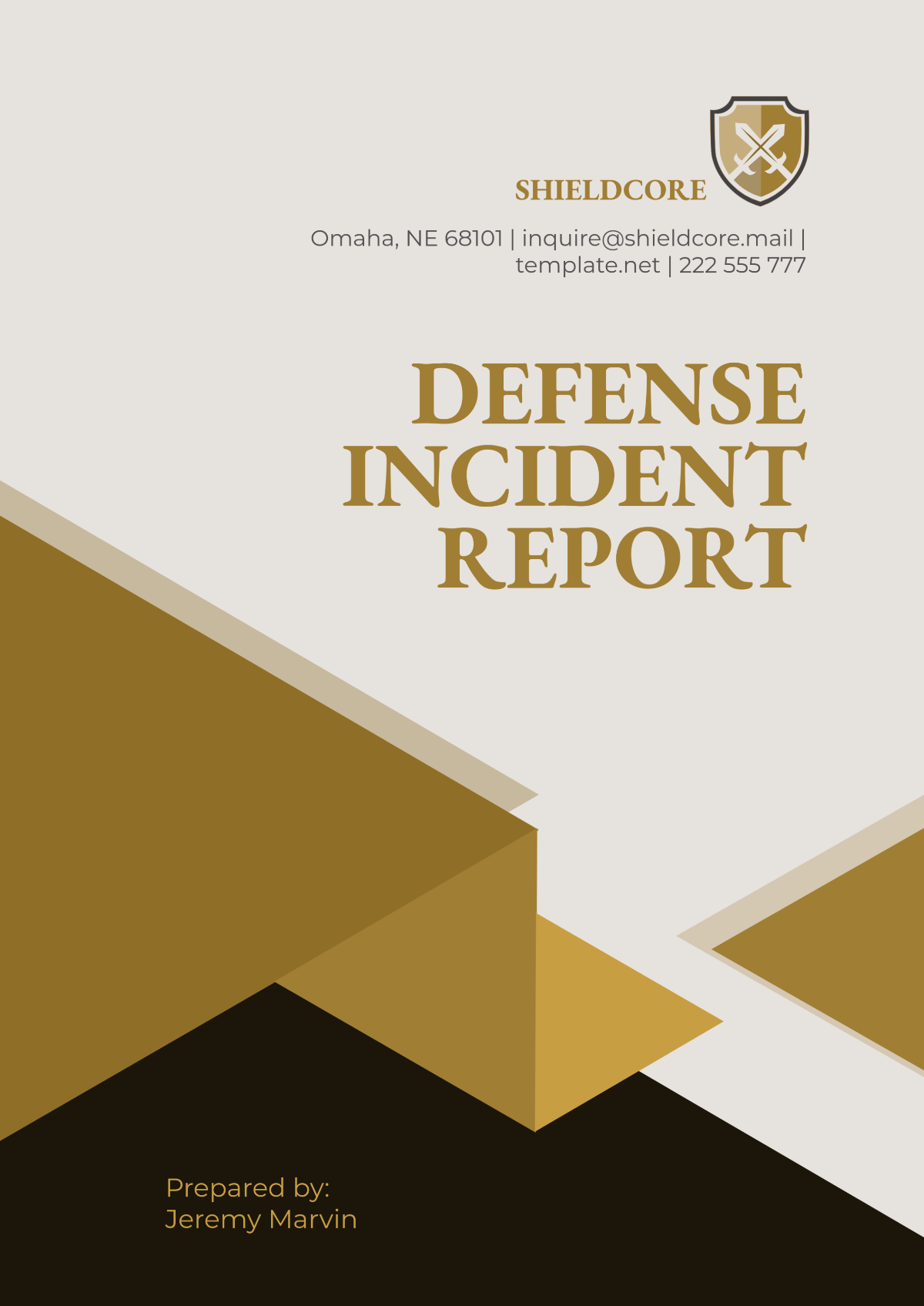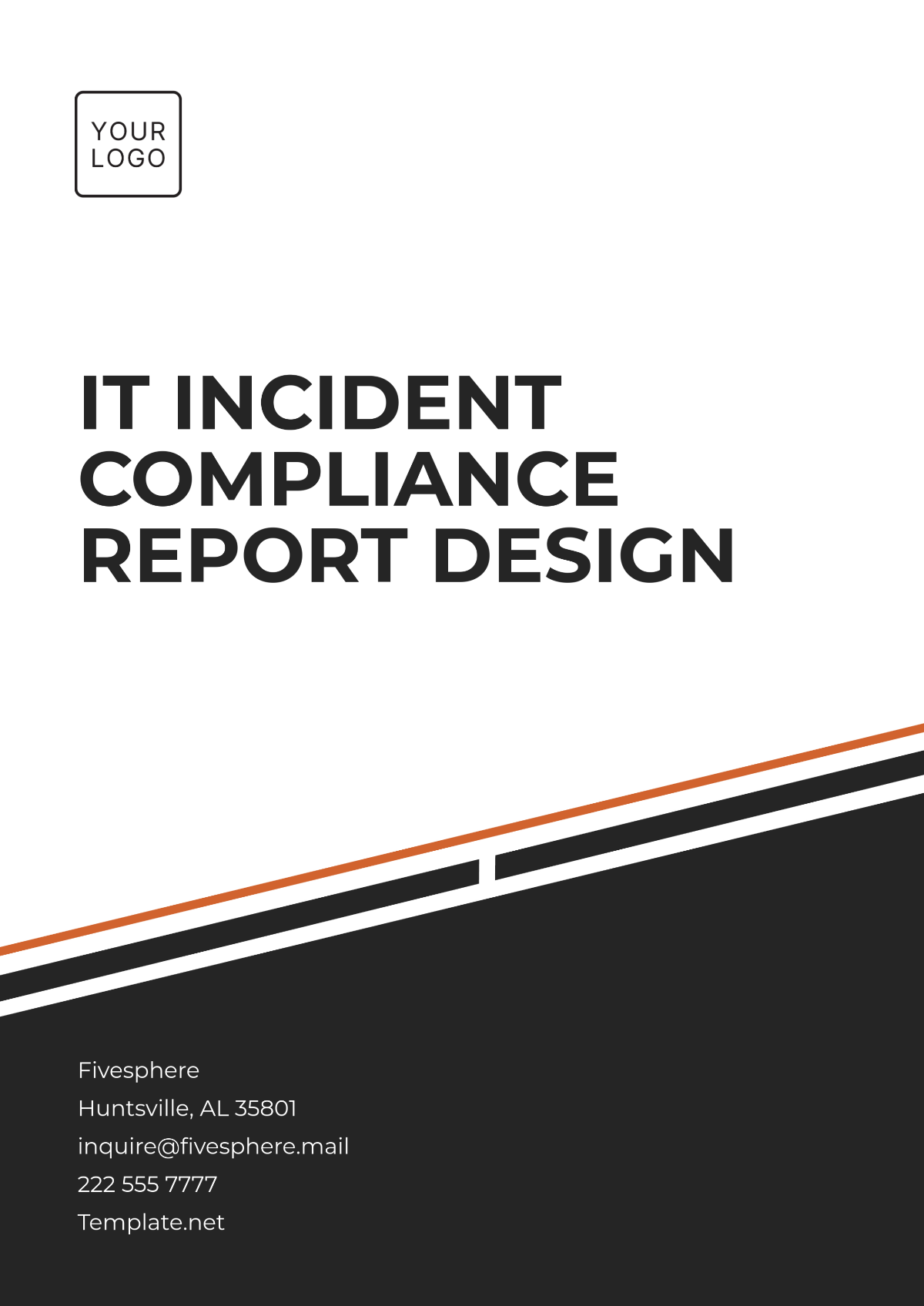Technical Issue Report
Company: | Prepared by: | Date: |
|---|---|---|
[Your Company Name] | [Your Name] | January 1, 2053 |
I. Executive Summary
This Technical Issue Report outlines a detailed analysis of a critical issue observed in the system. The objective is to document the problem, investigate potential causes, and recommend solutions for addressing the issue. The report is structured to provide a comprehensive understanding of the technical issue and its impact on business operations.
II. Background
The affected system is a mission-critical component of [Your Company Name]'s IT infrastructure. It serves over a million users globally, impacting various departments and external stakeholders. The issue was first detected on December 31, 2052, and has since resulted in intermittent service disruptions.
System Description:
System Name: | Sync Application |
|---|---|
Version: | 3.2.1 |
Deployment Date: | June 15, 2050 |
Key Functions: | User authentication, data processing, report generation |
III. Issue Description
The primary issue involves unexpected server crashes during peak usage hours. The crashes have been sporadic but frequent enough to cause significant downtime. Users experience a complete loss of service, and automatic failover mechanisms have not successfully restored functionality.
A. Symptoms
Server downtime during high-traffic periods
Failed user authentication attempts
Delayed data processing
B. Impact
Loss of service for approximately 10,000 users per incident
Increased customer complaints
Potential financial losses estimated at $500,000 per day
IV. Investigation and Analysis
An extensive review of system logs, application code, and server performance metrics was conducted to identify the root cause. The following table summarizes key findings from the analysis:
Parameter | Observation |
|---|---|
CPU Usage | Spikes to 100% during crashes |
Memory Usage | Gradual increase until a server crash |
Network Traffic | Overloads observed at peak times |
Error Logs | Repeated instances of 'OutOfMemoryError' |
V. Root Cause Analysis
The analysis points to memory leaks in the application code as the primary cause of the issue. These leaks lead to the gradual depletion of available memory, causing the server to crash under high load conditions.
Contributing Factors:
Unoptimized database queries
Inefficient session management
Improper error handling mechanisms
VI. Proposed Solutions
To resolve the issue, the following solutions are recommended:
Refactor code to eliminate memory leaks.
Optimize database queries.
Implement better session management practices.
Review and improve error-handling mechanisms.
VII. Conclusion
Addressing the root causes identified will help prevent future server crashes, ensuring stable and reliable service for users. It's important to follow the proposed solutions and continuously monitor system performance.
